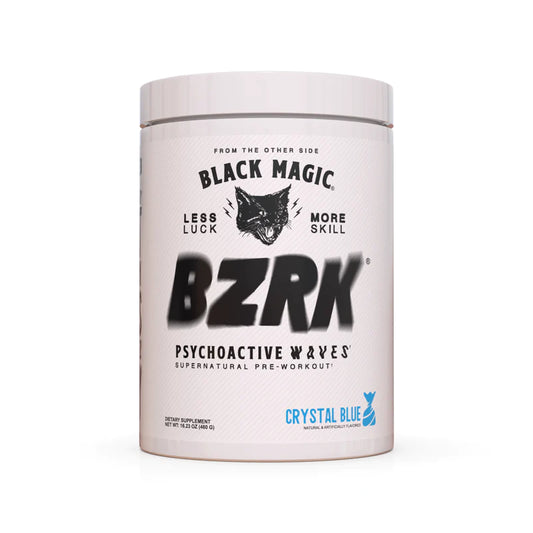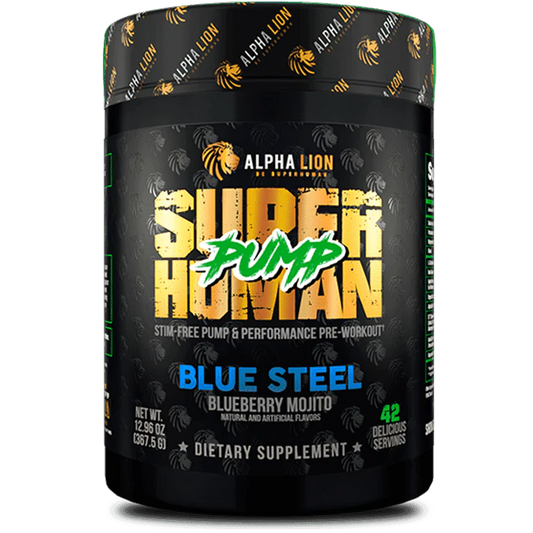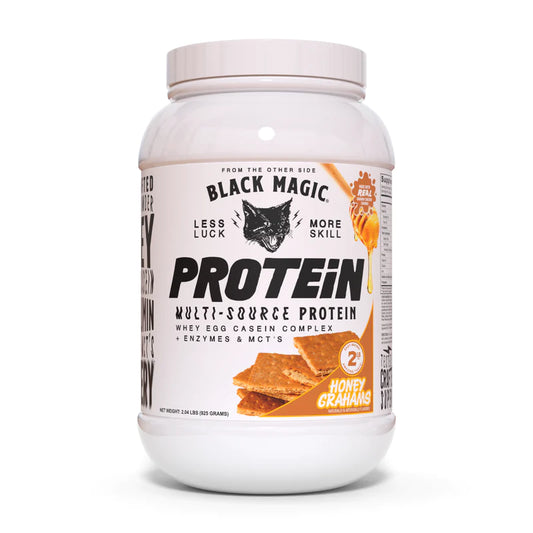Squatting shoes, also known as weightlifting shoes, are specialized footwear designed for weightlifting and squatting exercises. They have a few key features that make them different from typical athletic shoes:
- Raised Heel: The most recognizable feature of squatting shoes is the raised heel, usually 0.5 to 0.75 inches high. This elevated heel alters the biomechanics of the squat by allowing the knees to move more comfortably forward over the toes. It also helps push the knees outward, encouraging better form.
- Firm Sole: Squatting shoes have an extremely firm, non-compressible sole. The solid base provides stability when lifting heavy loads and prevents energy loss by minimizing sole compression.
- Effective Strapping: Quality squatting shoes will have straps across the laces and top of the foot to ensure a tight, supportive fit. The rigid strapping system keeps the foot firmly planted, preventing rolling or shifting during lifts.
- Weightlifting Design: From the materials used to overall construction, squatting shoes are designed specifically for heavy olympic weightlifting rather than running or jumps. The firm sole and ankle support reduce strain when moving heavy loads.
- Raised Toe Box: A slightly elevated toe box is common in weightlifting shoes, allowing the toes to splay during lifts. This provides balance, power, and further foot stability under load.
- Minimalist Appearance: Squatting shoes lack the excessive cushioning, arch support, and complex sole systems found in running shoes. Their simple design puts the focus on ankle and foot rigidity for lifts.
Benefits of Squatting Shoes
Wearing proper squatting shoes provides several benefits compared to typical athletic footwear or bare feet:
- Improved Squat Depth: The elevated heel allows a deeper squat with less ankle mobility, letting lifters sit farther into the hole with good form. The additional depth builds strength out of the bottom of the squat.
- Increased Power & Force: The minimally compressible sole and close foot coupling translate leg drive into pure vertical force against the ground. This equals greater power exerted during the concentric squat phase.
- Better Balance & Control: The solid foot platform and rigid strapping system improve balance and body awareness under the load. This enhances control coming out of the bottom squat position when fatigued.
- Reduced Risk of Injury: Squatting shoes encourage proper knee tracking and a more upright torso by changing squat biomechanics. This may help reduce knee and lower back strain compared to bare foot or running shoes.
- Greater Comfort & Confidence: The tight foot wrap, elevated heel, and overall stability of squatting shoes provide a comfortable, confidence-inspiring experience under the bar. This can lead to better mental focus and muscle activation.
- Help Hit Depth: The forward knee travel encouraged by a raised heel makes it easier to break parallel and hit proper squat depth. This enhances strength, power, and muscle development.
- Improve Ankle & Hip Mobility: Lifters lacking ankle flexibility will immediately benefit from the heel lift. The shoes also promote hip mobility as the knees can move farther forward without restriction.
- Support Foot Health: Those with sensitive feet or plantar fasciitis may find the rigid sole, strapping system, and toe box support reduces discomfort during deep squatting movements.
When Should You Use Squatting Shoes?
If you are a serious Olympic weightlifter, powerlifter, or strength athlete, squat shoes should be your primary footwear for the gym. The benefits are maximized when performing:
- Barbell Back Squats: Wearing heeled lifting shoes for all back squat training is recommended. The improvements in depth, form, balance, and power will directly transfer to your squat strength.
- Overhead Squats: Maintaining an upright, stable torso during overhead squats is vital for injury prevention and technique. Squat shoes encourage proper form under heavy loads.
- Front Squats: The required ankle and torso positioning of front squats amplifies the benefits of weightlifting shoes. The heels and strapping provide needed support.
- Overhead Presses: Though not a squat, overhead presses benefit from the stable base and tight footing when driving up from the bottom position.
- Olympic Weightlifting: All aspects of Olympic lifts such as cleans, snatches, and split jerks will utilize the platform and power transfer of a quality squatting shoe.
- Moderate to Heavy Lifting Days: The foot support and boosted power should be taken advantage of during your heavier squat training days when form and progress matter most.
However, there are certain times squat shoes may not be the best option in the gym:
- Dynamic Warm Ups: The elevated heel encourages stability over mobility. Wear minimal shoes for dynamic stretches and warm up exercises prior to lifting.
- Plyometrics: Explosive jumps and plyometric moves are better suited to flatter, more compressible shoes that cushion landings and toe-offs.
- Light Squat Days: Lighter technique work may allow for typical athletic shoes or flat soled shoes if preferred by the lifter.
- Deadlifts: The locked down feet and raised heel could negatively impact deadlifts, so opt for flatter shoes or bare/sock feet when deadlifting.
- Certain Leg Accessories: Single leg exercises like lunges and step ups may benefit from a more flexible shoe, depending on the lifter's ankle mobility.
- Cardio: Running shoes or cross trainers would be a better fit for conditioning and cardio sessions outside the main lifts.
The elevated heel, rigid sole, and snug fit of a quality squatting shoe improves squat biomechanics for deeper, more upright and powerful squats. They reduce injury risk and provide confidence under heavy loads on the bar. While excellent for main squat training, flat shoes may be preferred for other gym activities requiring more ankle range of motion. Investing in a proper pair of squatting shoes is highly recommended for anyone focused on increasing their squat strength.




